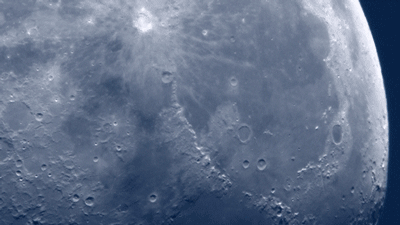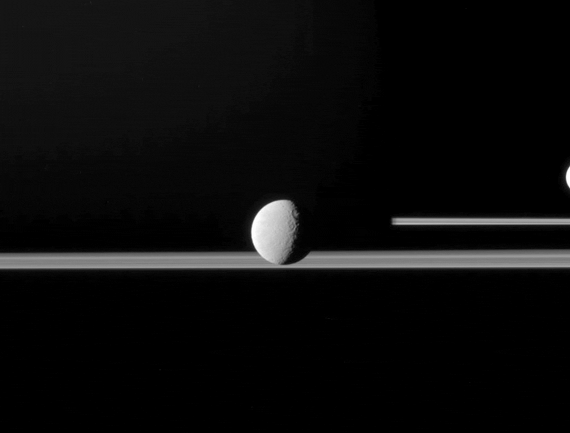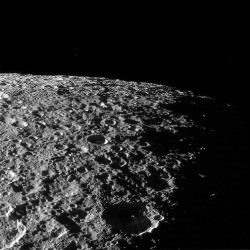[/caption]
Now as the theme from Arthur plays in your head you can enjoy this GIF animation of the ISS passing across the face of a daytime Moon, photographed by Alan Friedman from his location in upstate New York.
I know it’s crazy, but it’s true.
Alan captured these images at 10:30 a.m. EST back on September 2, 2007, and slowed down the animation a bit; in real-time the event lasted less than half a second. (Click the image for an even larger version.)
Atmospheric distortion creates the “wobbly” appearance of the Moon.
Alan Friedman is a talented photographer, printer (and avid vintage hat collector) living in Buffalo, NY. His images of the Sun in hydrogen alpha light are second-to-none and have been featured on many astronomy websites. When he’s not taking amazing photos of objects in the sky he creates beautiful hand-silkscreened greeting cards at his company Great Arrow Graphics.
See more of Alan’s astrophotography on his website, Averted Imagination.
Image © Alan Friedman. All rights reserved.
_____________
NOTE: Although this article previously stated that the images were taken Jan. 12, 2012, they were actually captured in September 2007 and re-posted on Jan. 13 of this year. Alan states that he’s since learned how to judge exposure so the ISS doesn’t appear as a streak, but personally he likes (as do I) how this one came out.
Let’s see… September 2007… that would have been Expedition 15!



